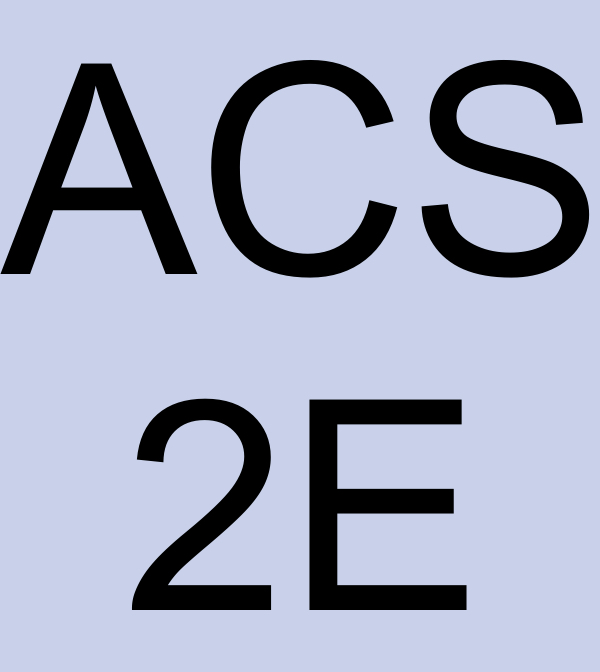Preview Activity 4.4.1.
A student with a third floor dormitory window 32 feet off the ground tosses a water balloon straight up in the air with an initial velocity of 16 feet per second. It turns out that the instantaneous velocity of the water balloon is given by \(v(t) = -32t + 16\text{,}\) where \(v\) is measured in feet per second and \(t\) is measured in seconds.
(a)
Let \(s(t)\) represent the height of the water balloon above ground at time \(t\text{,}\) and note that \(s\) is an antiderivative of \(v\text{.}\) That is, \(v\) is the derivative of \(s\text{:}\) \(s'(t) = v(t)\text{.}\) Find a formula for \(s(t)\) that satisfies the initial condition that the balloon is tossed from 32 feet above ground. In other words, make your formula for \(s\) satisfy \(s(0) = 32\text{.}\)
(b)
When does the water balloon reach its maximum height? When does it land?
(c)
Compute \(s(\frac{1}{2}) - s(0)\text{,}\) \(s(2) - s(\frac{1}{2})\text{,}\) and \(s(2) - s(0)\text{.}\) What do these represent?
(d)
What is the total vertical distance traveled by the water balloon from the time it is tossed until the time it lands?
(e)
Sketch a graph of the velocity function \(y = v(t)\) on the time interval \([0,2]\text{.}\) What is the total net signed area bounded by \(y = v(t)\) and the \(t\)-axis on \([0,2]\text{?}\) Answer this question in two ways: first by using your work above, and then by using a familiar geometric formula to compute areas of certain relevant regions.

